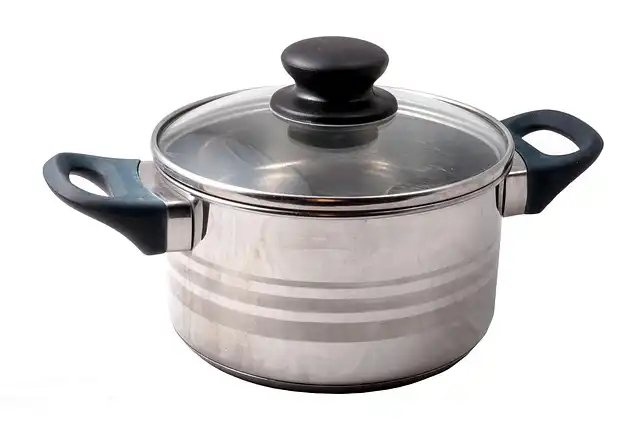Safe Drink Containers: Avoiding Microplastics & Best Materials

Choose safe drink containers to avoid microplastics. Glass, stainless steel are best. Replace plastic parts. Hand wash to prevent damage. Consider materials for acidic drinks.
Glass and stainless-steel containers can last a lot longer with good treatment. Inspect plastic covers and straws and change these routinely, specifically if put on or damaged. Studies have revealed that the launch of microplastics raises with the age and wear of products.
Cleaning and Maintenance
Dismantle the bottle and tidy each component independently, especially the lid and straw, which can catch bacteria, biofilm and mold and mildew. Even if you’re only drinking water, germs from your hands, surface areas or saliva can contribute to microbial development.
Aluminum vs. Plastic
Aluminum isn’t considered a significant source of microplastic contamination in the exact same means that plastic containers are. Light weight aluminum drink containers generally have a slim plastic or lacquer lining on the inside.
Remain plastic-free and fresh with this 32-ounce Sunkey glass bottle. Made from sturdy borosilicate glass and wrapped in a grippy neoprene sleeve, it’s leak-proof, BPA-free, and built for clean, eco-conscious sipping.
Aluminum isn’t taken into consideration a significant resource of microplastic pollution in the same way that plastic containers are. Light weight aluminum drink cans commonly have a thin plastic or lacquer cellular lining on the inside. It is very important to investigate the item before selecting. CNBC
Best Materials for Acidic Drinks
For acidic fluids like lemon water or beverages with apple cider vinegar, the most safe choices are unlined stainless-steel and simple borosilicate glass. If a lid or straw is required, silicone is normally the best wager.
“Try to keep it out of direct sunshine, as extreme warm can create or influence finishes pressure if secured securely,” she claimed. “Store it in a bag or cover it in a cool towel and avoid putting it on hot surfaces.”
Sleek, simple, and sustainable. This 32-ounce Bambaw bottle is made from single-wall stainless steel, making it light-weight, resilient, and 100% dishwashing machine safe. Perfect for everyday hydration without the bulk or plastic waste.
Stainless-steel is normally considered nontoxic and immune to bacterial development, but numerous prominent stainless steel tumblers have BPA-free plastic covers or straws that can seep microplastics when exposed to warm water, acidic fluids or heats in the dishwashing machine.
Aluminum isn’t taken into consideration a major source of microplastic pollution in the exact same way that plastic bottles are. Aluminum beverage cans normally have a slim plastic or lacquer cellular lining on the inside. Aluminum isn’t thought about a significant source of microplastic contamination in the exact same means that plastic bottles are. Light weight aluminum beverage cans normally have a thin plastic or lacquer cellular lining on the inside.
Washing drink bottles
Purpose to clean everything by hand with soap and water that’s less than 120 levels Fahrenheit, which works for cleansing however not damaging. Many bottles have plastic seals, lids or layers that can weaken gradually when revealed to high dish washer heat.
1 BPA-free2 drink containers
3 glass bottles
4 microplastics
5 safe materials
6 stainless steel
« LA Food Scene: Claud, Mr. Beef, Yhing Yhang & More!LA’s Diverse Dining: Coffee Shops, Vegan Tacos & Coconut Ice Cream »
